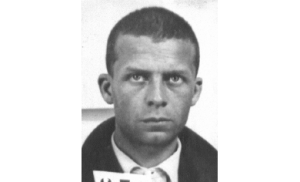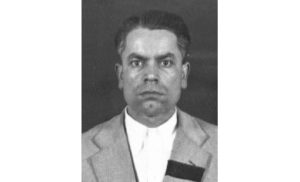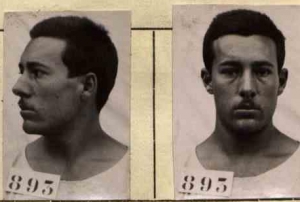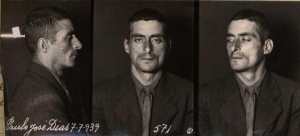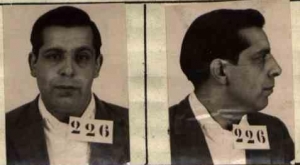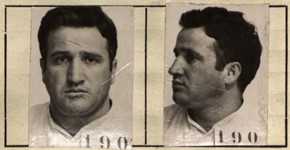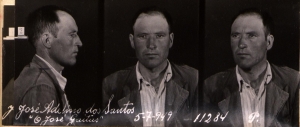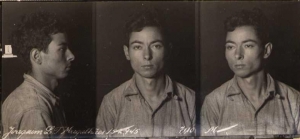Arnaldo Simões Januário

(Coimbra, 06-06-1897–Tarrafal, Santiago Island, Cape Verde, 27-03-1938)
Arnaldo Simões Januário was born in Coimbra, where he worked as a barber, distinguishing himself among the workers as one of the most active militants and propagandists of anarchism. He organised the workers’ unions in Coimbra, joined the committee of the Portuguese Anarchist Union, and was an animator of the Centre and Library of Propaganda and Social Studies. On 18 March 1923, he attended the Alenquer Conference as a delegate of the Anarchist Group of Coimbra. He collaborated in publications such as A Batalha, the newspaper of the General Confederation of Labour (CGT), A Comuna, O Anarquismo, O Libertário and Aurora. He was arrested for the first time in 1927, and until 1931, he passed through the Prisons of the Civil Government of Coimbra, of Aljube and Trafaria, and was deported to Angola, the Azores and Cape Verde. On 22 October 1931, he was sent to the Concentration Camp of Oe-Kussi, in Timor. When he was released, he went into hiding and was involved in the preparation of the uprising of 18 January 1934 in Marinha Grande, after which he was arrested, on the 26th of that month, and incarcerated in the Prison of Aljube, being sent there directly from the Command of the Public Security Police of Coimbra. He had been accused of having written, printed in a clandestine printing press and distributed subversive propaganda, of having organised a rally to prepare for the revolt in Coimbra, and of having transported bombs. He was violently tortured and took full responsibility for the events in order to spare his companions. Sent to the Prison of Trafaria, Arnaldo Simões Januário was sentenced in the Special Military Court to twenty years of banishment in one of the colonies, with imprisonment at the site, and a fine of 20.000$00.
On 8 September 1934, he went to the Fortress of Angra do Heroísmo, in the Azores, where he participated in several protests against prison conditions, for which, as a punishment, he was sent to the “poterna” (a kind of semi-flooded basement, of reduced dimensions, without beds, pallets or blankets, with almost no light, very humid, and with water constantly pouring in through the walls).
On 23 October 1936, he was transferred to the Concentration Camp of Tarrafal, in Cape Verde, where he died in 1938, a victim of anuretic “blackwater fever”, for which he did not get any medication or medical assistance.

